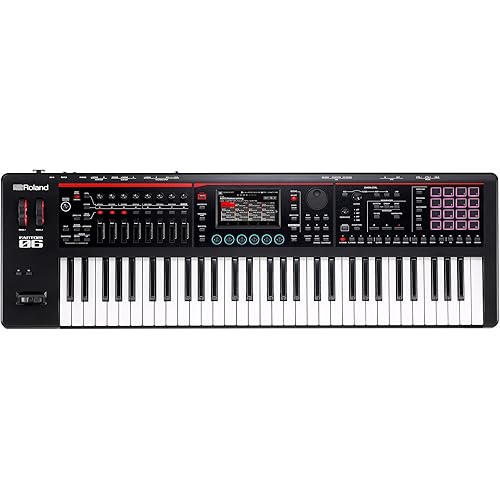Roland JUPITER-XM Professional Iconic Portable Synthesizer with Legendary Sound and Design.









Buy Now, Pay Later
- – Up to 36-month term if approved
- – No impact on credit
- – Instant approval decision
- – Secure and straightforward checkout
Ready to go? Add this product to your cart and select a plan during checkout.
Payment plans are offered through our trusted finance partners Klarna, Affirm, Afterpay, Apple Pay, and PayTomorrow. No-credit-needed leasing options through Acima may also be available at checkout.
Learn more about financing & leasing here.
FREE 30-day refund/replacement
To qualify for a full refund, items must be returned in their original, unused condition. If an item is returned in a used, damaged, or materially different state, you may be granted a partial refund.
To initiate a return, please visit our Returns Center.
View our full returns policy here.
Features
- 37-key Synthesizer with I-Arpeggio
- TS Balanced XLR Outputs
- Headphone Output
- USB-to-Device
- High-quality, balanced connections, full-sized MIDI jacks, and multiple pedal inputs make JUPITER-Xm ready for any situation
- Multi-Effects: 4 systems, 90 types Part EQ: 5 systems Overdrive Reverb: 7 types Chorus: 4 types Delay: 5 types Mic NS / Comp Master EQ / Comp
- HEADPHONES jacks: Stereo miniature phone type (front), Stereo 1/4-inch phone type (rear) MAIN OUT jacks (L/MONO, R): 1/4-inch phone type MAIN OUT jacks (L, R): XLR type MIC INPUT jack: 1/4 inch phone type/XLR type AUX INPUT jack: Stereo miniature phone type HOLD PEDAL jack CONTROL PEDAL jack MIDI connectors (IN, OUT) USB COMPUTER port (AUDIO/MIDI) USB MEMORY port DC IN jack
- 2 Pedal Jacks
- Preset tone: 4,000 or greater User tone: 256 Drum Kit: 90 or greater
- ZEN-Core Various MODEL sound generators
Description
Since the release of the JUPITER-4 in 1978, the name JUPITER has marked the pinnacle of Roland sound and playability. Roland synthesizers with the JUPITER name carry our most advanced sound technologies, are supremely playable, and are built from premium materials.JUPITER-Xm combines classic Roland design and premium build quality with a powerful new synth engine. It faithfully recreates sought-after instruments from our long history of genre-defining sounds. And with multiple layers, loads of polyphony, and deep hands-on control, you can craft huge, spacious sounds that have as much sparkle as they have warmth and punch.
Color: Black
Brand: Roland
Model Name: Jupiter-Xm
Item dimensions L x W x H: 31 x 16.68 x 6.52 inches
Item Weight: 6000 Grams
Body Material: Metal
Included Components: AC adaptor (PSB-5U), Power cord
Manufacturer: Roland
UPC: 761294513477
Item Weight: 13.23 pounds
Product Dimensions: 31 x 16.68 x 6.52 inches
Item model number: JUPITER-XM
Is Discontinued By Manufacturer: No
Date First Available: September 6, 2019
Color Name: Black
Connector Type: USB
Number of Keyboard Keys: 37
Frequently asked questions
To initiate a return, please visit our Returns Center.
View our full returns policy here.
- Klarna Financing
- Affirm Pay in 4
- Affirm Financing
- Afterpay Financing
- PayTomorrow Financing
- Financing through Apple Pay
Learn more about financing & leasing here.


















